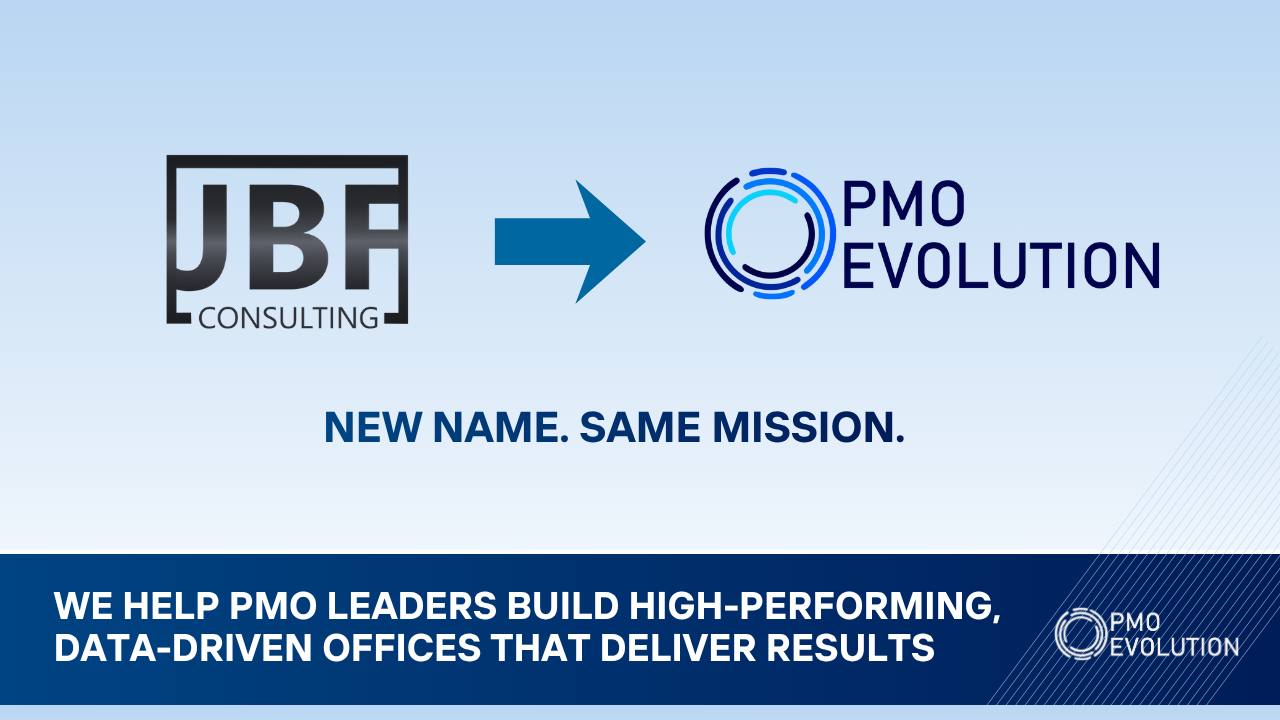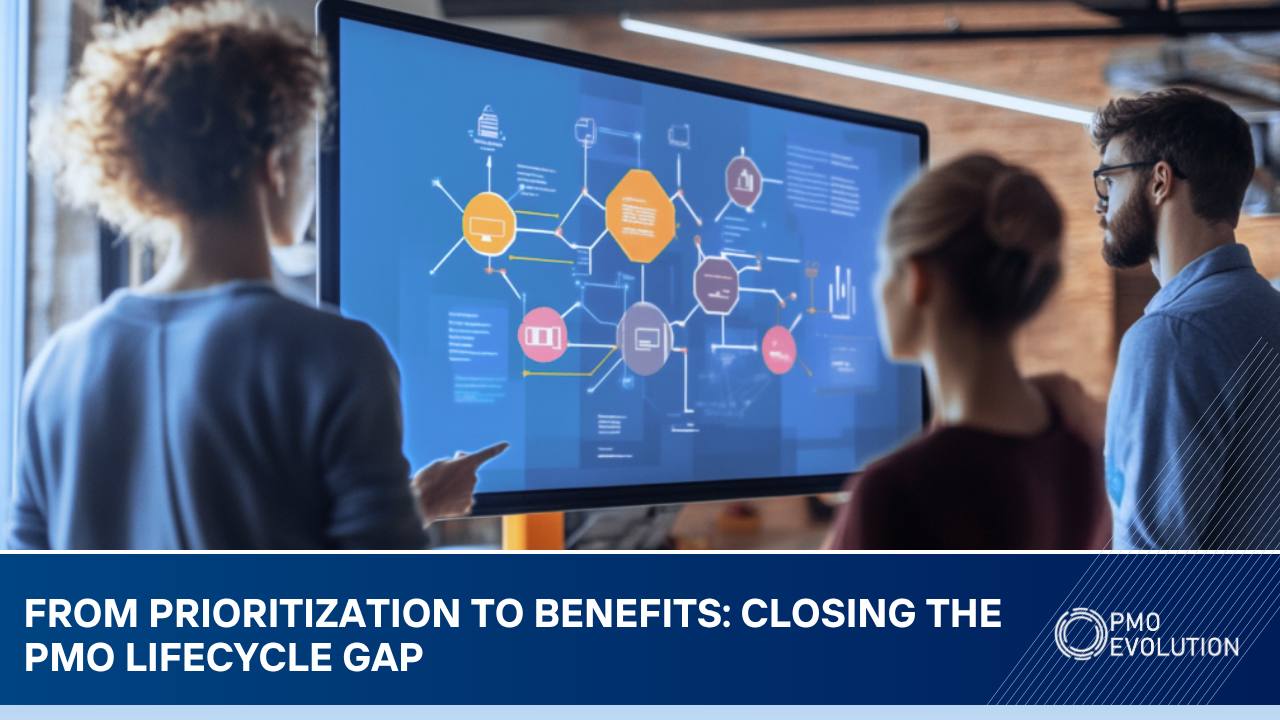The Strategic Bridge: How PMOs Can Stop Delivering Projects and Start Delivering Value
Many PMOs still get judged on delivery. Timelines. Budgets. Status reports.
For a while, that works. Projects close. Dashboards stay green. Everyone feels like they’re doing their part. But when the talk turns to strategy, the PMO is often nowhere in the conversation. If you’ve ever sat in a steering committee, you’ve probably seen it happen. The update goes smoothly, nothing’s burning, everyone nods. Then someone asks, “So what does this actually do for us?”. The mood changes.
The work might be solid, but it doesn’t hit where it needs to. That’s usually the quiet moment when the PMO starts to disappear from the strategy table. Most teams don’t even realize it’s happening, but that’s where influence slips away in the gap between what gets delivered and what the business actually cares about.
The Bridge Everyone Forgets
PMOs were built to bring order. Templates, structure, reporting, predictability. Those things matter. They make sure the machine runs. But structure alone isn’t strategy. The business doesn’t speak in project plans. It speaks in growth. In margin. In outcomes that shift the organization.
When the PMO doesn’t make that link clear, it ends up on the operational side of the wall. Delivery engine. Support function. Present, but not heard. Value isn’t in the plan itself. It shows up in what happens after: faster processes, better margins, happier customers, stronger positioning. And while the PMO may not own all of that, it’s often the only function with a full line of sight from idea to execution. That’s the bridge. If we don’t stand on it, no one else will.
Changing the Way We Show Up
The first shift is how we define success. Timelines and budgets matter, but they don’t tell the real story. Value does. Even if it’s messy at first.
The second is timing. Too many benefit conversations happen when the work is already done. That’s too late. The right time is at intake — when it still matters what gets in and why.
The third is language. “We’re 65% complete” means nothing outside the PMO. “This delay risks $300K in savings” makes people look up. Same reality. Different impact.
And then there’s posture. Too many PMOs act like open doors. Everything that walks in gets a place in the portfolio. That’s how priorities blur and focus slips.
We have to start asking sharper questions early.
— Does this line up with strategy?
— What’s the actual impact?
— What are we giving up if we say yes?
These conversations change the role of the PMO. Suddenly we’re not just running the work. We’re shaping it.
Steering the Room Instead of Reporting to It
Steering committees shouldn’t feel like reporting sessions. They should feel like decision tables. That requires showing up differently. Less status. More framing. Less noise. More clarity on what matters and what’s at risk. Executives don’t want another milestone chart. They want someone who can make the stakes clear. Someone who speaks their language.
And this isn’t about having a big team or a massive budget. I’ve seen small PMOs do this faster than large ones. They don’t have the luxury of hiding behind process. They have to lead with clarity.
Making the Shift
This shift is messy. Sponsors may push back when value gets challenged. Delivery teams might get uncomfortable. Some executives won’t see the point at first. That’s fine.
This isn’t a one-meeting fix. It builds over time. One intake. One conversation. One portfolio cycle at a time. Eventually, people stop asking for status updates and start looking to the PMO for insight. This works no matter the size. A lean PMO can add a value lens and reshape how work gets in. A larger PMO can embed it into governance. Size doesn’t drive the shift. Stance does.
Why This Matters
Every PMO hits a moment where it either becomes a real part of strategy or gets stuck on the sidelines.
The ones that last don’t drown in delivery. They make value visible. They talk like the business. They bridge the gap between plans and impact.
And when they walk into the room, they don’t just give updates. They shape direction.
👉 Book a call with Bruno if you’re ready to build that bridge — and lead from the table, not outside it.







